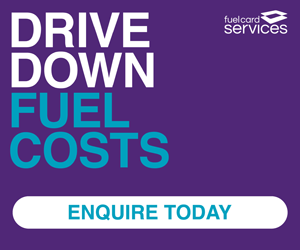Managing a fleet effectively hinges on the ability to monitor vehicle locations and performance, balancing operational efficiency with oversight. Two popular methods for tracking and monitoring are real-time tracking and periodic reporting, each with distinct advantages. The choice between them largely depends on the specific demands of your fleet and your business objectives. Let’s dive into the differences and help you decide the best approach.
Real-Time Tracking: Instant Updates
Real-time tracking offers continuous, live updates on the location and status of your vehicles, enabling fleet managers to act on precise information at any given moment. This immediacy is particularly valuable for time-sensitive operations, where delays can lead to missed deadlines and unhappy customers. Real-time tracking allows you to adapt to unforeseen events such as traffic jams, accidents, or sudden weather changes, enabling you to re-route vehicles and maintain efficient delivery schedules.
This approach also provides insights into fuel consumption, driver behaviour, and vehicle health. These insights are especially useful for improving safety, reducing wear and tear, and saving costs on fuel. For companies with fast-paced logistics, the benefits of real-time tracking often outweigh the costs. However, it’s essential to consider that real-time tracking typically requires a more significant investment in hardware, software, and data usage. If your business demands high responsiveness, the added costs may be justified by the control and flexibility real-time tracking provides.
Periodic Reporting: Scheduled Insights
Periodic reporting, meanwhile, gathers data at set intervals, such as hourly, daily, or even weekly reports, depending on your needs. While it doesn’t offer the immediate insights that real-time tracking provides, periodic reporting can still deliver valuable information for businesses with less urgent demands. This method can be more suitable for fleets that operate on predictable routes or long-distance hauls, where minute-by-minute updates aren’t essential.
A major advantage of periodic reporting is that it allows managers to view summarised data, making it easier to analyse trends over time. This is particularly useful for performance reviews, identifying recurring issues, and planning routine maintenance, all of which contribute to long-term efficiency. For many businesses, periodic reporting provides a cost-effective balance of oversight and operational insight, especially when fleet management solutions are designed to optimise vehicle use.
Choosing the Right Option for Your Fleet
When deciding between real-time tracking and periodic reporting, it’s essential to consider your fleet’s specific needs. If adaptability is critical to your operations, real-time tracking might be worth the investment, providing the flexibility needed to adjust to dynamic situations. Conversely, if your routes and schedules are more consistent, periodic reporting can offer the insights you need at a lower expense, making it a viable option for many small to mid-sized fleets.
Security and compliance are also factors to consider. Real-time tracking enhances security, allowing you to act swiftly in case of any theft or unauthorised use of vehicles. Periodic reporting, though less immediate, still offers insights that help in identifying trends related to safety and compliance without the additional costs of real-time data.
Bringing It All Together
The choice between real-time tracking and periodic reporting ultimately comes down to the specific requirements of your fleet. Both methods offer unique benefits, and many fleet management solutions now combine aspects of both, allowing for real-time updates when needed while maintaining periodic summaries. By evaluating your fleet’s needs, routes, and whether immediate insights or periodic summaries better suit your goals, you can determine the most effective tracking method for your business.








